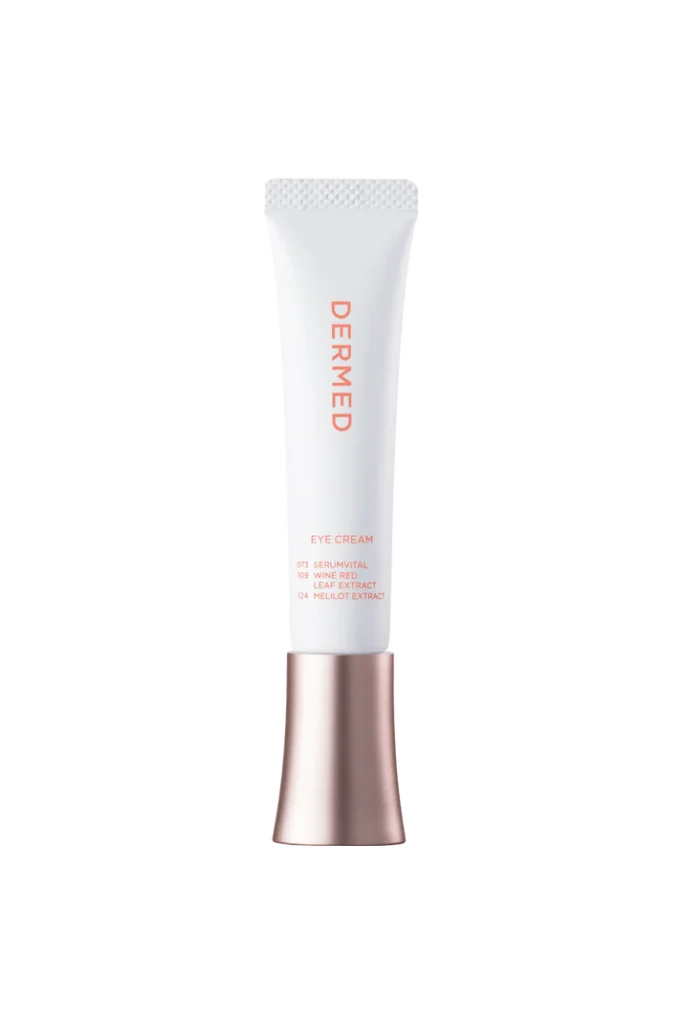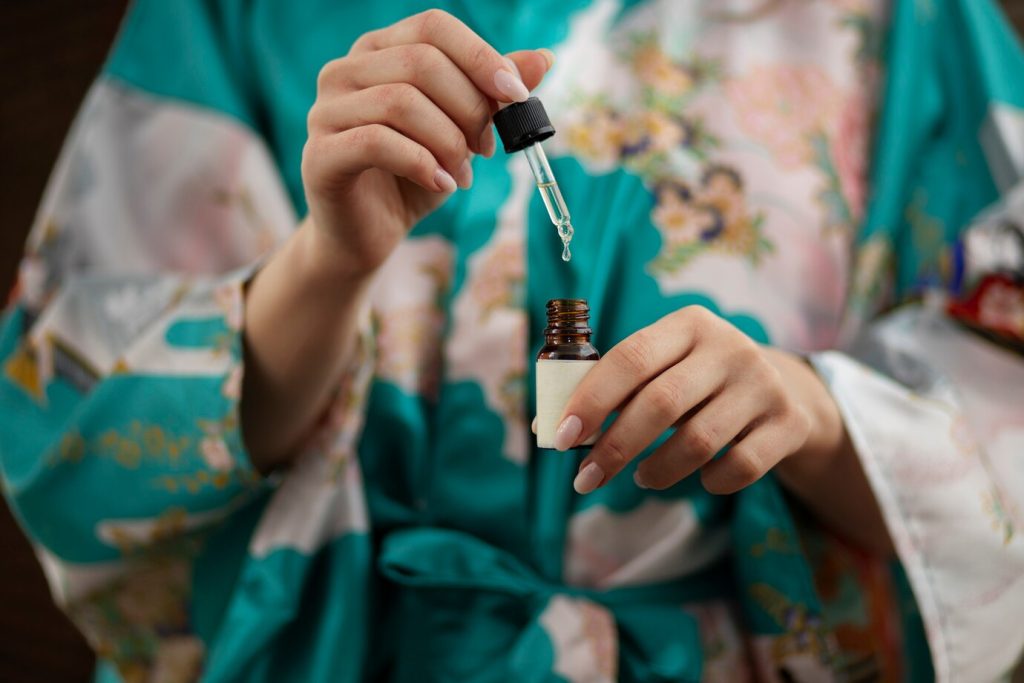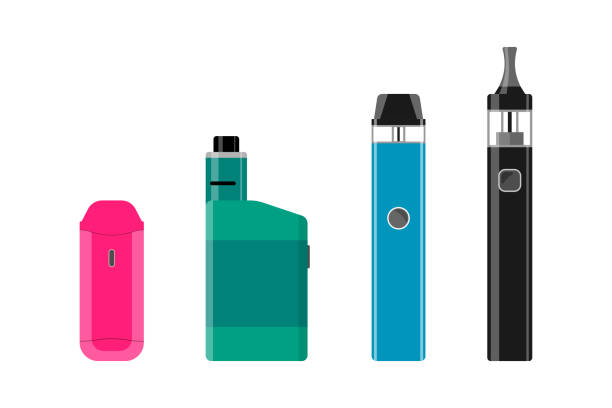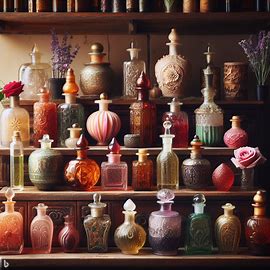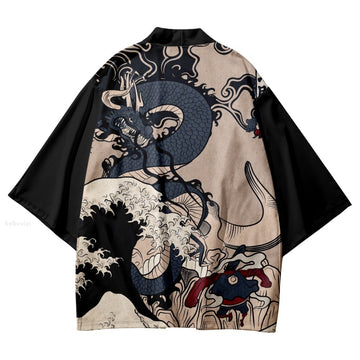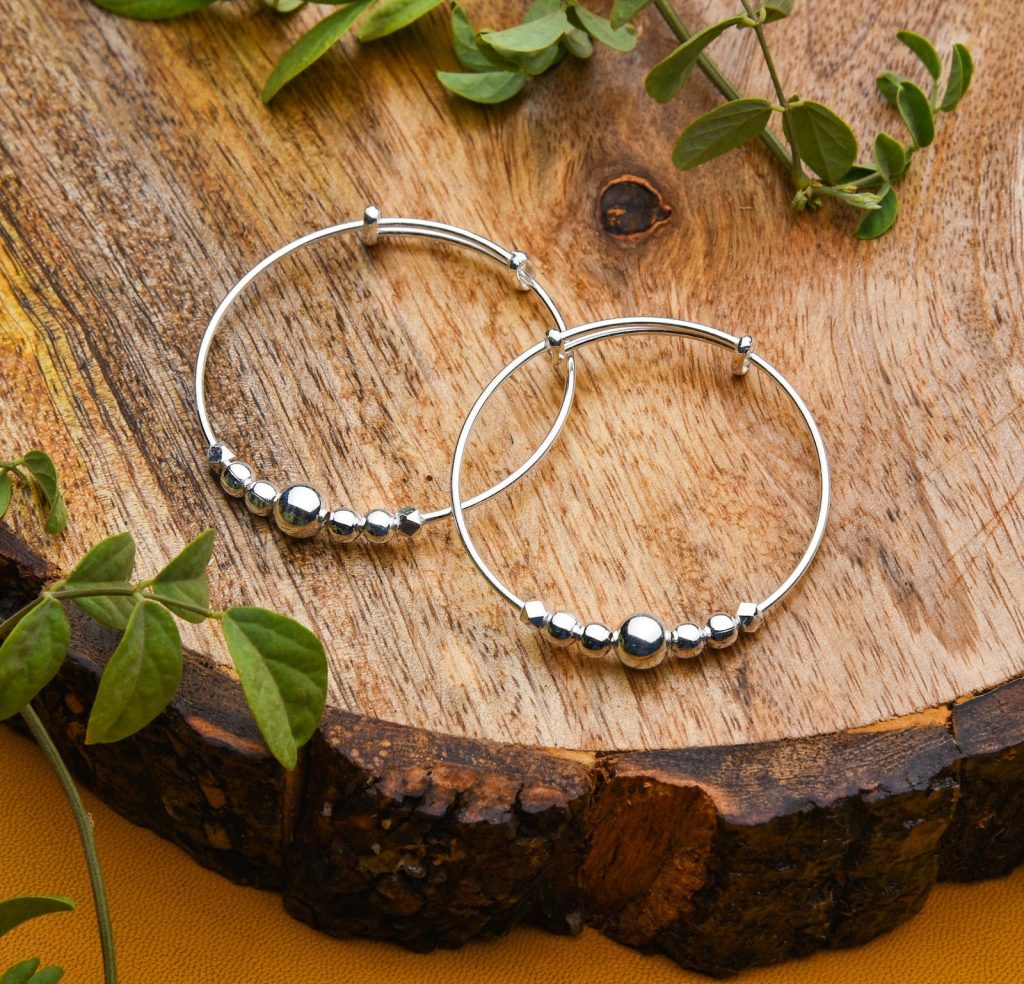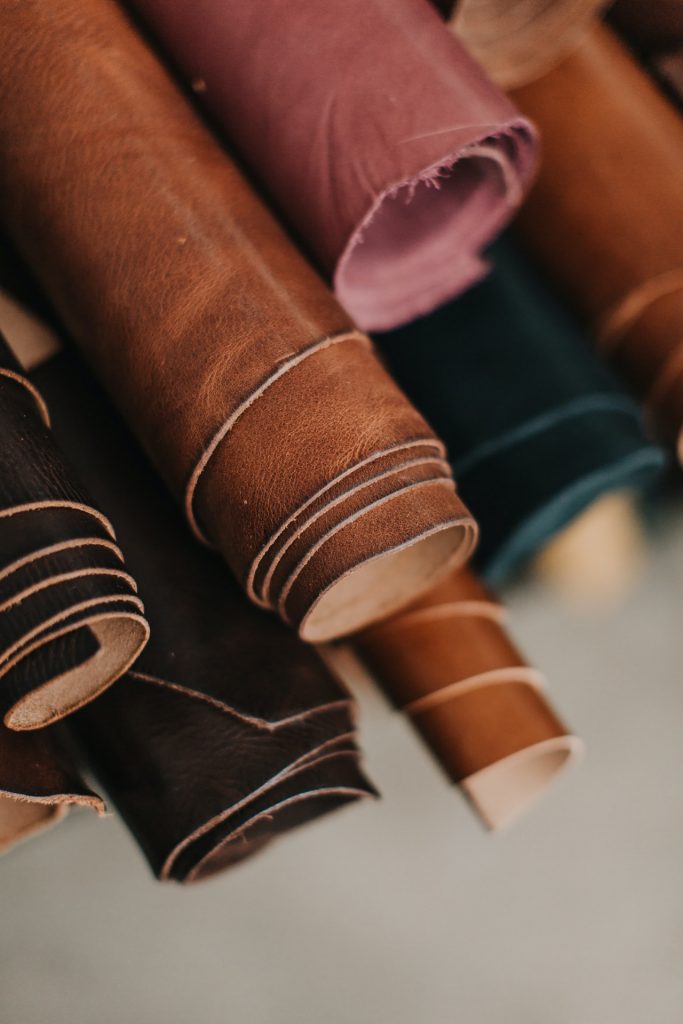Impacts On Sheep During Manufacturing Of Wool
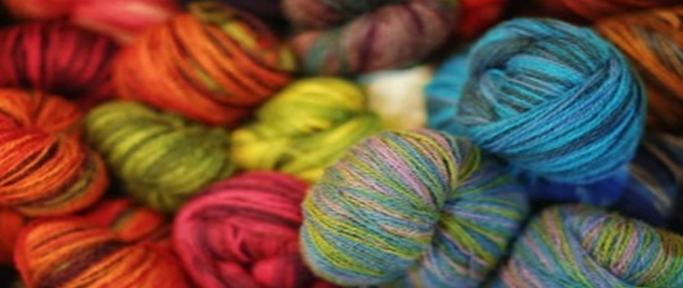
Are you aware of the impacts that your choices have on the environment? The production of wool is one such case where harmful effects on the environment can be observed.
Introduction
We all know, we get wool from sheep. It is a soft, fluffy, elastic fiber often used to make clothing, blankets, and other textiles. Wool is expensive because of its warmth.
Wool is also naturally resistant to fire and water. It is an environmentally sustainable fabric because it is biodegradable and can be produced without pesticides or synthetic fertilizers.
After the wool is sheared, it is cleaned, processed, and turned into various products, such as clothing, blankets, and other textiles. Wearing wool clothing does not hurt the sheep in any way.
The wool industry plays a vital role in the care and management of sheep, as it provides an income for farmers and helps to support the overall health and well-being of the animals.
All these points are valid until ancient times, but nowadays, rapid trends in woolen clothes may be helpful for fashion designers or people. But it is harmful to sheep.
Problems Faced By Sheeps For Giving Us Wool
In accordance with the rapid growth of fashion, people love to wear woolen clothes and feel happy, whereas the cost of these woolen clothes was paid by sheep.
There are a few ways in which people can harm sheep during the production of wool. However, these practices are generally not condoned and are often illegal. Some of the ways in which sheep can be harmed during the production of wool include:
- Mulesing: This is a surgical procedure that involves removing skin from the hindquarters of a sheep to prevent flystrike. Mulesing is controversial because it is a painful procedure and there are alternatives that are less painful and more humane.
- Inhumane shearing: If sheep are not handled gently during the shearing process, they can be injured. Shearers should be trained to handle the sheep in a way that minimizes stress and discomfort.
- Poor living conditions: Sheep that are kept in crowded, dirty conditions can suffer from a variety of health problems, including foot rot and parasite infestations. Proper housing and management is essential for the well-being of sheep.
In most of the manufacturing of wool, people hurt and killed the sheep during the process of making wool. It is not only bad for sheep but also affects the environment.
How We Can Save Sheep From The Violence Of Wool?
For the welfare of sheep, there are also organizations, such as the Responsible Wool Standard. That work to promote sustainable and humane practices in the wool industry.
There are a few alternatives to wool that can be used to avoid wool or to protect sheep. These alternatives include:
- Synthetic fibers: There are a variety of synthetic fibers, such as polyester and nylon, that can be used in place of wool. Synthetic fibers are often cheaper and easier to care for than wool, but they may not be as breathable or as durable.
- Natural fibers: There are many natural fibers, such as cotton, linen, and hemp, that can be used in place of wool. These fibers are generally more sustainable and environmentally friendly than synthetic fibers, but they may not be as warm or as durable as wool.
- Vegan wool: There are a few companies that have developed vegan wool alternatives made from plant-based materials. These alternatives are generally more sustainable and cruelty-free than traditional wool, but they may not have the same properties or performance as wool.
Another option is to support companies that follow best practices and adhere to high standards of animal welfare in their wool production. Look for companies that are certified by organizations such as the Responsible Wool Standard, which promotes sustainable and humane practices in the wool industry.
Conclusion
However, it is generally accepted that when proper handling and husbandry practices are followed, the risk of injury to sheep during wool production is low. It is important to ensure that sheep are treated humanely and with care throughout the wool production process, from shearing to transportation to processing. Organizations such as the Responsible Wool Standard work to promote sustainable and humane practices in the wool industry and minimize the risk of injury to sheep.








